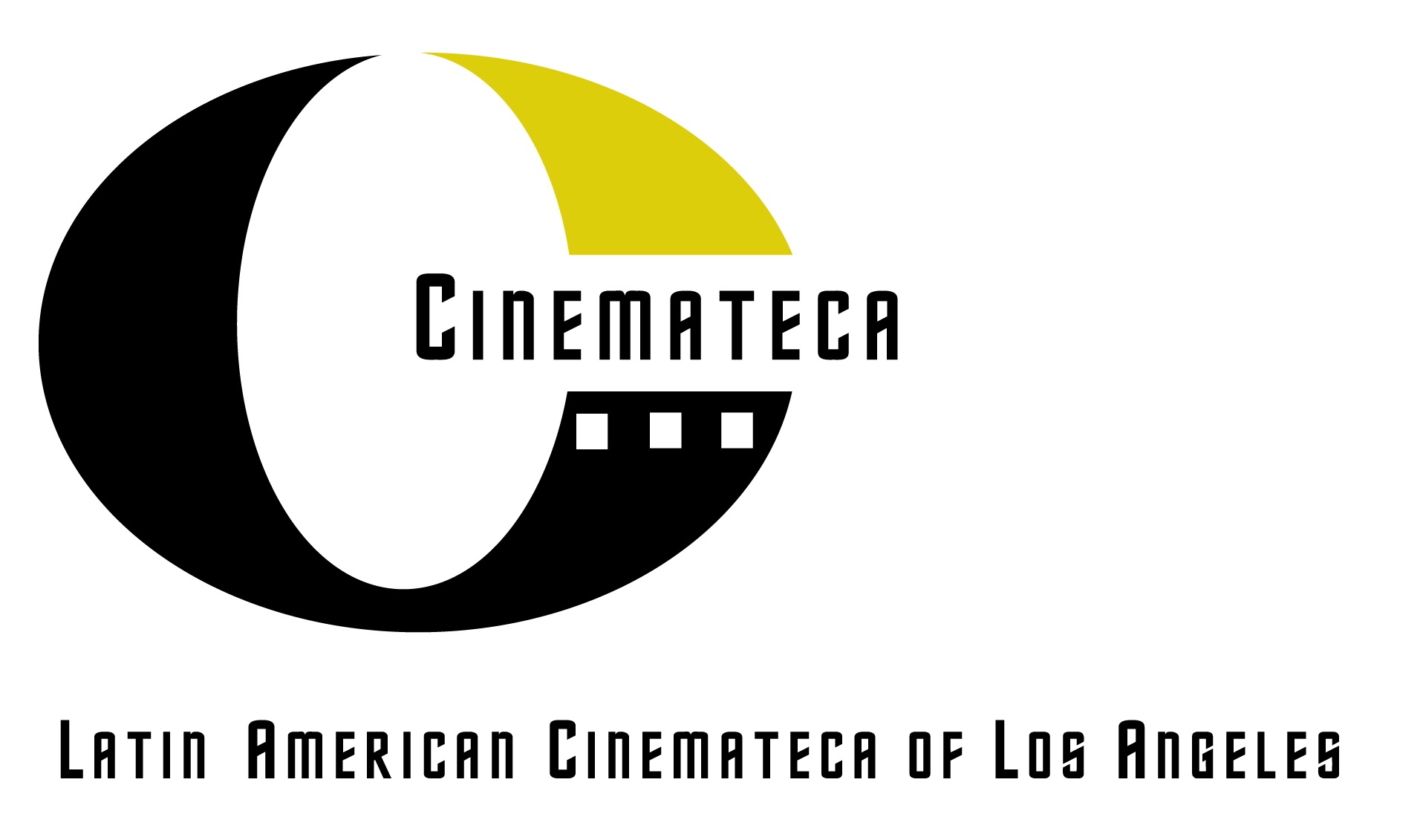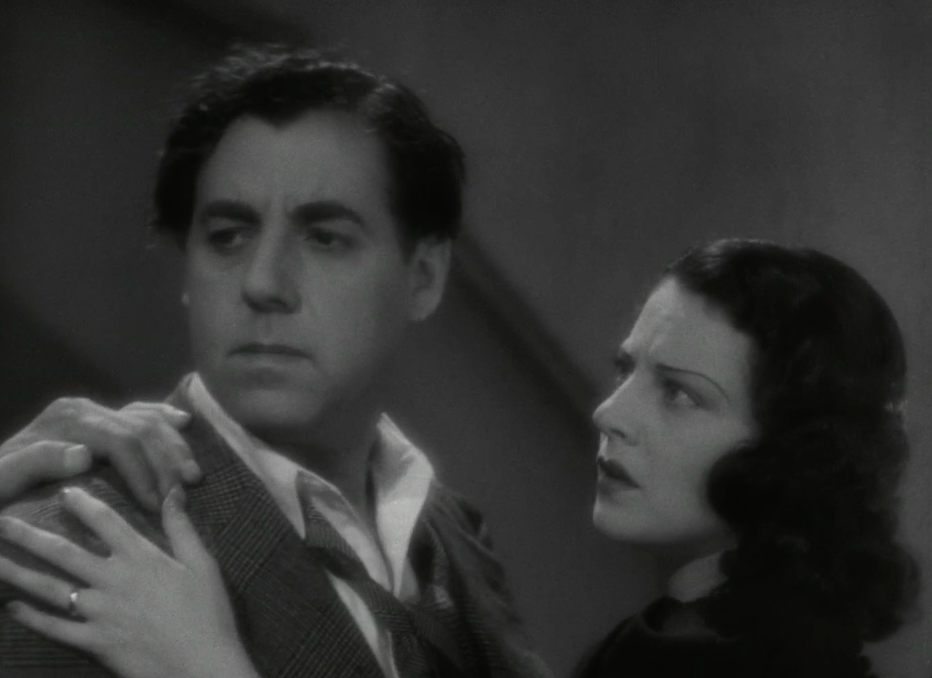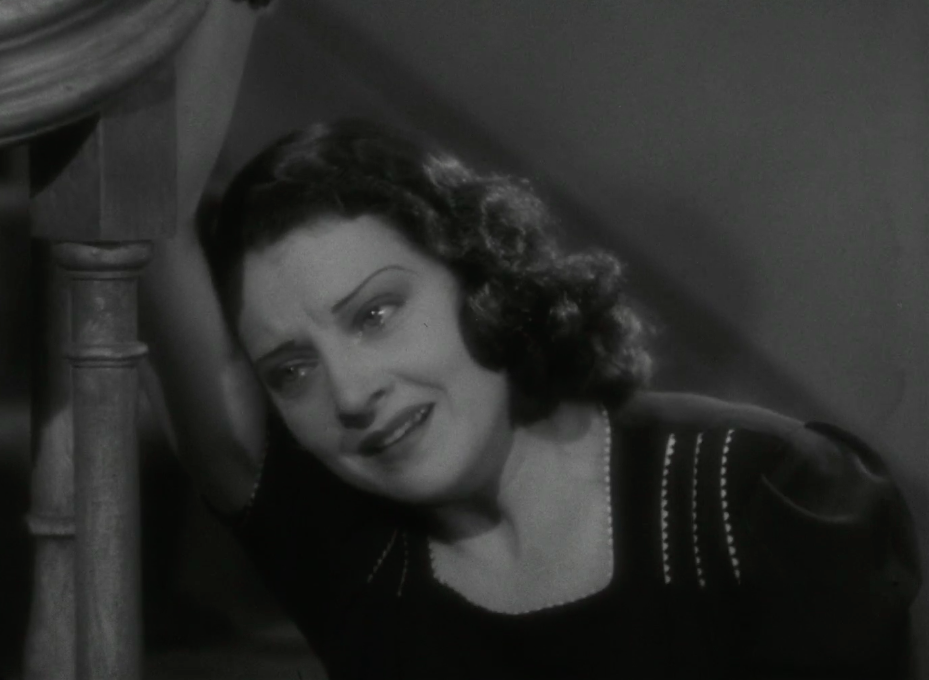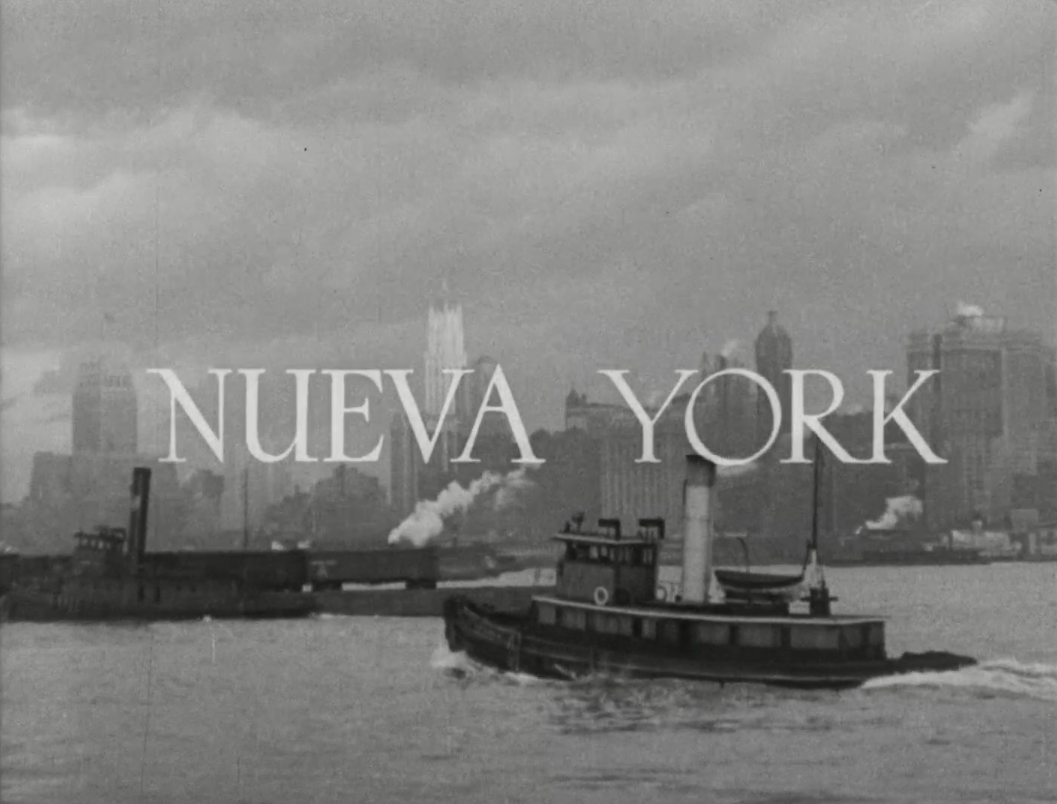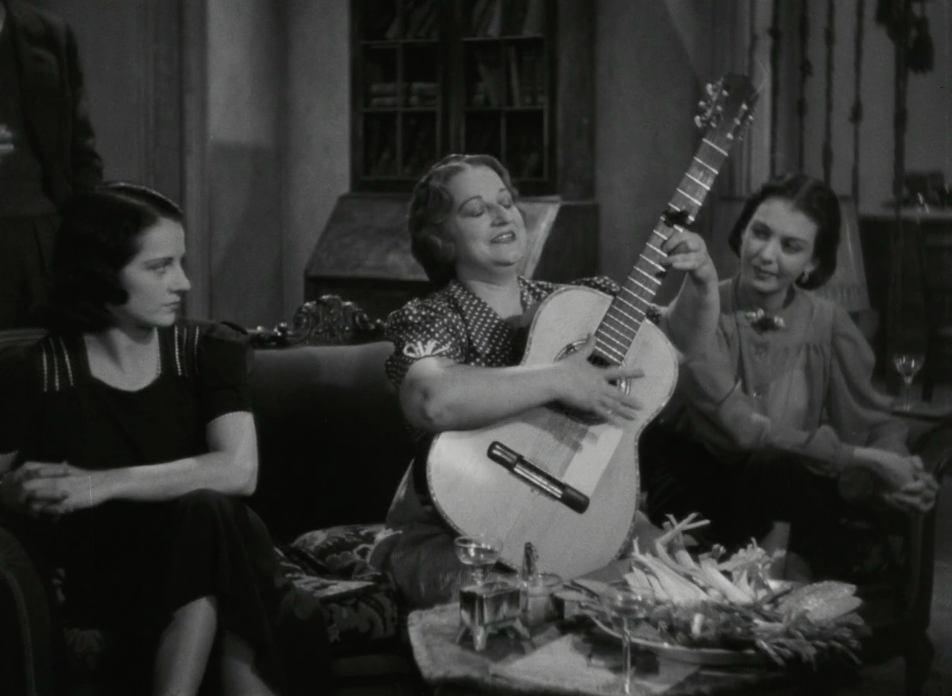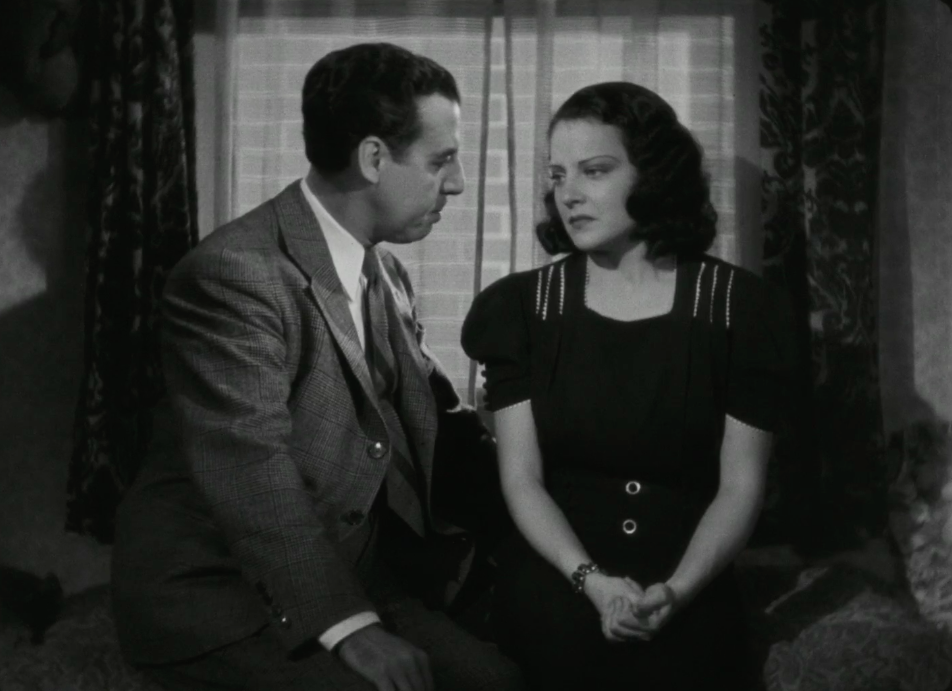Verbena Trágica (1939)
The Latin American Cinemateca of Los Angeles has teamed with the U.C.L.A. Film and Television to screen Verbena trágica, a Spanish-language film released in 1939 –the year of Gone with the Wind and Mr. Smith Goes to Washington.
Verbena trágica was the second film made by Cantabria Films, the company founded by one-time producer Jaime del Amo, a businessman descendant from an old Californio family, with one of the 18th century Spanish land grants in the South Bay.
An oddity in more than one way, this tight melodrama, distributed by Columbia Pictures, may look like many low-budget productions of the 1930s, but it stands out for several reasons. The Library of Congress included it in the National Film Registry for its cultural and esthetic values, and the U.C.L.A Film and Television Archive made a gorgeous digital restoration of a 35mm print. It was one of the thirty-plus films it presented in the 2017 series “Recuerdos de un cine en español: Latin American Cinema in Los Angeles, 1930-1960”, of which I was one of the curators. This extensive program was part of the Getty-funded Pacific Standard Time: Latin America in Los Angeles.
Unfolding during a few hours in New York (Harlem?), on Día de la Raza, or Columbus Day, an immigrant Spanish family is destroyed by the same atavistic forces that poet and playwright Federico García Lorca, Italian operas and mafia movie plots, see at play in the Mediterranean world: sullied family honor and the relentless pursuit of revenge. The traditional “verbena”, a popular form of holiday celebration in Spain, functions here merely as the background of a tragic story surprisingly devoid of picturesque touches, even linguistic ones, but with assorted peninsular, Caribbean and South American supporting characters spending leisure time in a typically Spanish café.
The film has a solid cast of Spanish actors: Luana Alcañiz, Pilar Arcos and Juan Torena. They had been steadily employed during the decade-long blossoming of Spanish-language versions made by Hollywood studios like MGM, Paramount and Fox first, and then independent companies like Cantabria Films –del Amo’s short-lived foray into movie-making.
Renowned Mexican actor Fernando Soler came briefly to Los Angeles to star in the film as Mateo Vargas, the larger-than-life neighborhood boxer who returns from a brief stay in prison, to discover that his wife Blanca (Luana Alcañiz) has betrayed him with his protegé Claudio (Juan Torena). Mediating the unravelling of the marriage is Blanca’s mother, Mamita (Pilar Arcos), who shares with Blanca the final scene, a triumph of matriarchal resilience.
Spanish journalist and writer Miguel de Zárraga, who had settled in Los Angeles by the late 1920s, and was a key figure in the Spanish film colony of Los Angeles, provided the Spanish dialogue to the original English-language screenplay written by Jean Bart. It must have struck de Zárraga odd that the characters talk about returning to Spain as if no Civil War was raging between 1936 and 1939. As head of foreign publicity at Columbia Pictures since 1936, de Zárraga surely wore more than one hat, as he did in so many of the Spanish versions of the studios. Prolific filmmaker Charles Lamont –known before and after Verbena trágica for his comedy shorts and features -Charley Chase and Three Three Stooges for Columbia, and later Abbot and Costello vehicles –showed his flair for comedic touches, especially in the recurring gag of Mamita slapping her teenage son Pepito (Jorge Mari) for no good reason. Song numbers by Pilar Arcos, a renowned singer and wife of Fortunio Bonanova, of Citizen Kaneopera singing fame, and Sergio de Karlo soften the tragedy but stop short of turning it into the Mexican-style melodrama it could have been expected.
Verbena trágica was the second and last production of Cantabria Films, the venture started by Jaime del Amo. It opened in New York and Los Angeles and seems to have done well at the Spanish-language film market in the U.S. Distribution by Columbia Pictures assured distribution in South America. But neither Vida bohemia–Cantabria’s first picture, released in 1938, also somewhat of an oddity –nor Verbena trágica could compete against the super popular Mexican productions released in the U.S. nor the constraints of Columbia’s distribution contract.
Verbena trágica is emblematic of how Spanish-language filmmaking in Los Angeles was an entertainment proposition in a business that had developed the technology of dubbing and subtitling Hollywood films by the mid-1930s. Once Mexico and Argentina developed solid film industries in the sound era, early in the 1930s, Verbena trágica was the ultimate oddity, neither an American studio film, nor a melodrama with musical numbers from Mexico or Argentina. And yet, it’s a picture that captures a moment in time ... and remains a pleasure to watch.
María Elena de las Carreras
May 1, 2021
A note on recent books on Spanish-language films made in the U.S.
Besides the U.C.L.A. Archive series of 2017, the PST LA/LA project included a couple of relevant books about this time period, spearheaded by Jan-Christopher Horak, then director of the Archive.
Hollywood Goes Latin. Spanish-Language Cinema in Los Angeles (2019), edited by María Elena de las Carreras and Jan-Christopher Horak.
In 2017, the International Federation of Film Archives organized a symposium on the making of Spanish-language films in the U.S., which brought together scholars and film archivists from all of Latin America, Spain and the United Sates to discuss the many issues surrounding the creation of Hollywood’s “Cine Hispano”. The papers presented in this two-day symposium were collected and revised for this joint publication of the U.C.L.A. Film and Television Archive and FIAF.
Cinema between Latin America and Los Angeles (2019), edited by Colin Gunckel, Jan-Christopher Horak and Lisa Jarvinen.
This collection describes Spanish-language film culture in the U.S., viewing Los Angeles as a crossroads for the distribution and exhibition of Latin American –especially Mexican-cinema.
The bilingual catalogue of the film series “Recuerdos de un cine en español” can be accessed through the Archive’s website: https://www.cinema.ucla.edu/events/latinamericanfilm
